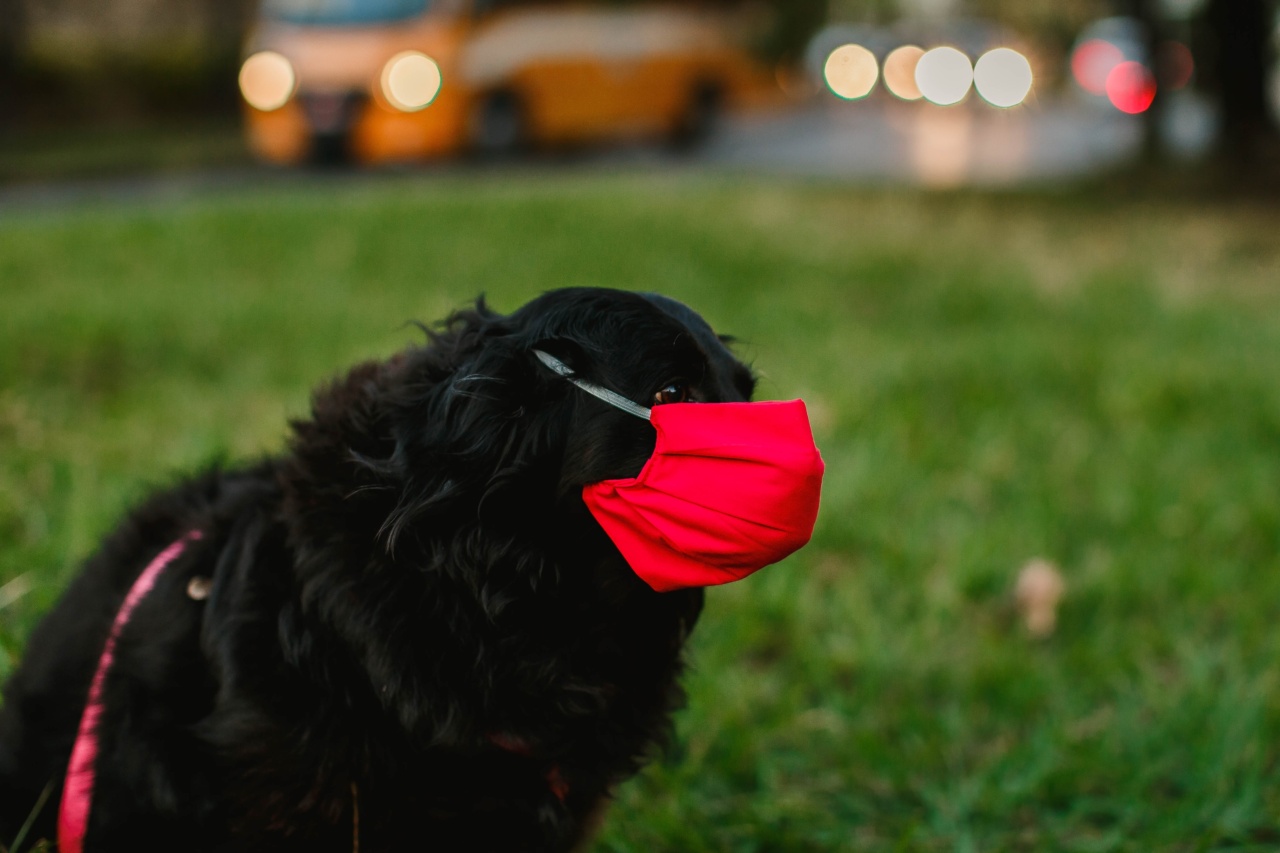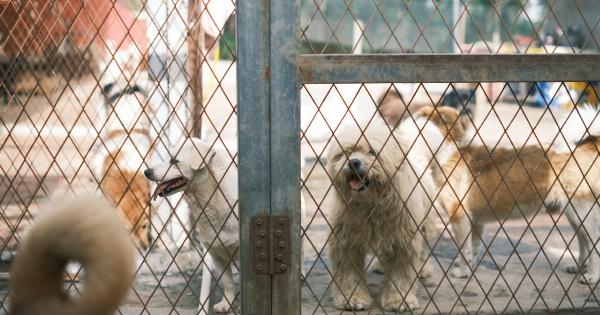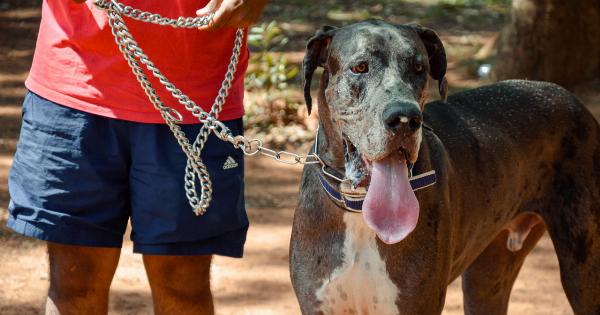As a responsible pet owner, it’s crucial to ensure the safety and well-being of your furry friend in all social situations.
Dogs, just like humans, can feel overwhelmed or uncomfortable in certain environments, so it’s essential to take the necessary precautions to keep them safe. Whether you’re planning a trip to the dog park, attending a social gathering, or navigating busy streets, these guidelines will help you prioritize your dog’s safety and ensure a positive experience for both of you.
1. Properly Train and Socialize Your Dog
Training and socialization are vital for every dog, regardless of their breed or age. A well-trained dog is more likely to respond positively in various social situations, minimizing the risk of accidents or conflicts.
Ensure they are comfortable around people, other animals, and different environments. Positive reinforcement training techniques, such as rewarding good behavior with treats or praise, can be highly effective in teaching your dog appropriate social skills.
2. Understand Your Dog’s Temperament
Every dog has a unique personality and temperament. Some dogs are naturally more sociable and enjoy meeting new people and other animals, while others may be more reserved or anxious.
Understanding your dog’s temperament can help you anticipate how they might react in social situations and take appropriate measures to keep them safe. For example, if your dog is fearful or anxious around new people, gradually expose them to social situations, providing positive reinforcement and reassurance.
3. Use a Leash or Harness
Keeping your dog on a leash or harness is an essential safety measure, especially in unfamiliar or crowded environments. It prevents them from running into potentially dangerous situations, bolting, or getting lost.
Invest in a sturdy leash or harness that fits your dog properly and ensure it’s in good condition. Always hold the leash firmly, and avoid using retractable leashes as they offer less control and increase the risk of accidents.
4. Be Mindful of Your Dog’s Body Language
Dogs communicate primarily through body language, so being observant of their signals is crucial when in social situations. Pay attention to signs of discomfort, fear, or aggression, such as a tucked tail, flattened ears, raised fur, or growling.
If your dog displays these behaviors, it’s important to remove them from the situation and provide a calm and secure environment. Reacting promptly to your dog’s body language can prevent potential accidents or conflicts.
5. Gradually Introduce New Social Settings
Introducing your dog to new social settings gradually can help them adjust and feel more at ease.
Start with calm and controlled environments, such as smaller gatherings or quieter parks, and gradually expose them to busier or more stimulating environments. This gradual approach allows your dog to build confidence and positive associations with new experiences, reducing the likelihood of fear or anxiety reactions.
6. Ensure Your Dog Has Identification
Accidents can happen even in the most controlled environments. In case your dog manages to escape or gets separated from you, proper identification can significantly increase the chances of a safe reunion.
Ensure your dog wears a collar with an updated ID tag that includes your contact information. Microchipping your dog is also highly recommended, as it provides a permanent form of identification if their collar ever comes off.
7. Create a Safe Space at Home
While socializing your dog is essential, it’s equally important to provide them with a safe space at home where they can retreat and relax.
Create a designated area where your dog feels secure, such as a comfortable crate or a cozy corner with their bed. This safe space should be easily accessible to them at all times, especially when they need a break from social interactions or feel overwhelmed.
8. Supervise Interactions with Other Dogs
When allowing your dog to interact with other dogs, it’s crucial to stay vigilant and closely supervise their interactions. Even if your dog is sociable, not all dogs they encounter may have the same temperament or social skills.
Look out for signs of tension or aggression in either dog and be prepared to intervene if necessary. Keep interactions positive and brief, especially during initial encounters, and ensure that both dogs remain calm and comfortable.
9. Avoid Forceful Socialization Tactics
Forceful socialization tactics, such as forcing your dog into uncomfortable situations or overwhelming them with too many stimuli, can be counterproductive and potentially harmful.
It’s important to respect your dog’s boundaries and go at a pace that feels comfortable for them. Forcing interactions or exposing them to situations they’re not ready for may lead to negative experiences, increased fear, and even aggression. Patience and positive reinforcement are key when socializing your dog.
10. Stay Calm and Positive
Dogs are highly perceptive and can pick up on their owner’s emotions and energy. During social situations, it’s crucial to remain calm, confident, and positive.
If you feel anxious or stressed, your dog may mirror those feelings, potentially escalating their own anxiety or fear. Approach social situations with a positive attitude and provide constant reassurance to your dog through gentle petting, treats, and encouraging words.



























